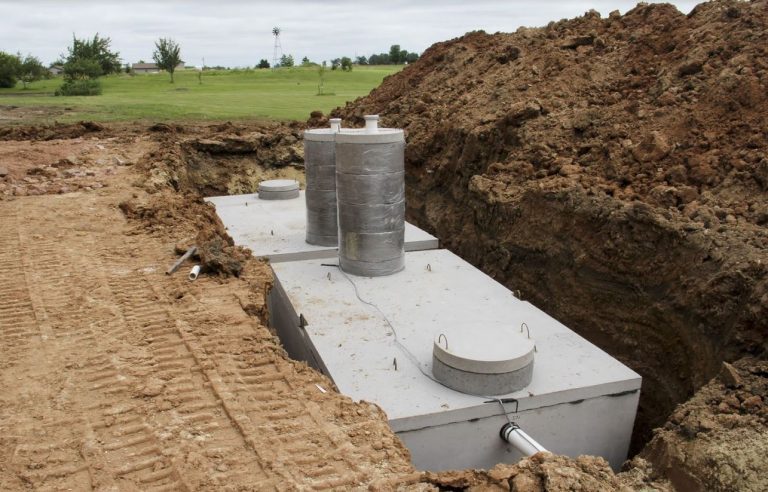Some bags, some sand, and a whole bunch of manpower. Even though we live in a digital era, sandbags will still be around for a long time to fight against storms and floods. But why is the simple design of a sandbag still a common flood-protection method? There are three reasons for this: they are cheap, easy to use, and efficient at diverting floodwater when used properly. A simple sandbag flood barrier can be built by almost anyone with a shovel and the right materials due to their low cost and simplicity of use. While a sandbag barrier does not ensure a watertight seal, when filled and built correctly, it may serve as a barrier to redirect flowing water away from houses. However, they work best when combined with polyethylene (plastic) sheeting. Burlap or plastic bags may be used. Burlap bags degrade after use, while plastic bags can be reused. A sandbagging machine can be very helpful when you have very little time to prepare against a sudden flood. Where Should Filled Sandbags be Placed? Sandbags should be placed over drains in the shower, bath, and laundry areas, as well as over floor dumps, to reduce the backflow of water into your home or company. They should be put in front of brickwork vents, doorways, and roller doors, among other things. Smaller vents may be sealed with waterproof plastic or tape. Each toilet should be filled with one small plastic bag of sand-weighted down by one larger sandbag to block water backflow. A sandbag wall might not be necessary if your business or home is constructed on an elevated concrete slab. It is an exception if the building is built on fibrous cement sheets or wooden materials. Consider how trapped floodwater could be separated from between the building and the sandbag wall before installing a sandbag wall. Pumps, siphons, and bailing buckets are some of the tools you might need to drain the water. A small sandbag wall should be constructed around all of your doorways. The number of layers is usually two sandbag rows high, but this can differ depending on how high the floodwaters are expected to rise. One open doorway should be available for entering and exiting your home or company. This can be accomplished by erecting a barrier that allows you to open the door. The images below illustrate this. The ‘Science’ of Constructing a Sandbag Wall Here are a few tips and tricks when constructing a sandbag wall. Remove any debris from the area where the wall will be constructed. Sandbags need to be level, so don’t build on uneven terrain. Place the sandbags lengthwise/parallel to the water flow direction. Ensure that the bag’s open end is folded under the filled part. To remove holes, establish a tight seal, and support the wall’s framework, flatten each row of bags with your foot. Arrange the bags in a brickwork pattern, with each bag overlapping the one below by half an inch. When the wall is four or more rows high, construct the wall in a pyramid shape; it must be three times wider than it is tall. Seal the wall on the ‘wet’ side with plastic sheeting sealed with a row of sandbags around the top and around the bottom edge for added safety. The ‘Science’ of Sandbag Filling Here are a few tips and tricks when filling sandbags for your wall. Sandbags must be filled by two persons wearing gloves, steel toe cap shoes, and protective glasses if the sand is dry. With knees slightly flexed, one person should position the empty bag between or slightly next to widely spread feet. To allow the other person to empty a circular shovel of sand, fold the bag’s neck to form a collar. Make sure the bag isn’t too full. Carrying, compacting, and forming a sealed frame is difficult. So, one-half to two-thirds of the capacity of the bags should be filled. Sandbags that aren’t tied are easier to stack. Fold the top edge of the bag over the top of the wall, leaving space for the sand to flow around and seal the wall. If you intend to move the bags, bind them near the top of the bag to accommodate for sifting the sand. Calculating the Number of Sandbags Needed To account for water level variability, create the wall at least 1 foot higher than the expected crest level. The amount of freeboard to provide will be determined by local experience. The US Army Corps of Engineers suggests constructing a wall with a base diameter three times the height of the dike. A 4-foot-high wall, for example, will have a base width of 12 feet. According to the corps, one bag is required for each foot of completed wall length, three bags are required for each foot of height, and three bags are required for each 2.5 foot of width. As a result, each bag is approximately 4 inches high, 10 inches wide, and 14 inches long. You can calculate the number of bags needed per linear foot of wall with a base width three times the height using the equation below. N = (3 x H) + (9 x H x H) / 2 Where, N = necessary number of bags per linear foot of wall H = Height of the dike (feet) Filled Sandbag Disposal and Storage All sandbags which have been exposed to flood waters should be thrown away. Handle the sandbags with caution, as they may contain hazardous contaminants, chemicals, or waste. Some sandbags that have not been exposed to chemicals or flood water may be used as topsoil on lawns or gardens instead of being flushed down drainage gutters. Your local government might be able to give you additional guidance about how to dispose of your polluted sandbags. Contact them from your local phonebook or their official website. If you are stocking sandbags for some occasion, bear in mind that they can rot if they’re wet or damp. Sandbags






